In a corner of my hangar lies a graceful white pod, the remains of an American Eaglet motorglider my uncle built in the 1980s. Lovely on paper, it was a beast in the air; after a terrifying test tow, my uncle sawed the wings in half so that it might never pose a threat to anyone again. Later, Derek Piggott, in a PIREP for Gliding Magazine, wrote that “it was the only time when flying a glider [that] I continued with a tow because I was too scared to release.” The Eaglet eventually made its way to my shop as an item of curiosity. The longerons appeared to be constructed of curtain rods and the control fittings made use of fishing tackle (this is not a joke). However, in the ’80s, this was sometimes what Experimental aviation looked like—and sometimes still does.
Things have changed substantially since the Eaglet was designed. An example of just how far homebuilt sailplanes and motorgliders have come is Bob Kuykendall’s HP-24, a high-performance, 15-meter glider aimed at the Experimental market. With the upward spiral of avgas, and words like “eco” and “green” working their way into the aviation lexicon, the U.S. is seeing a renewed interest in soaring. Of course, there has always been a diehard core of soaring pilots in America, but their ships have come almost exclusively from Europe. With the HP-24, that may be about to change.
Asymmetrical Wings
The HP-24 builds on the legacy of Richard Schreder, a soaring pilot and homebuilt-glider designer whose HP series of gliders were offered as kits in the ’60s and ’70s. The HP-18 was his last and most popular kit design, but with the rise of European glass ships, the HP-18 was no longer a serious contender at the contest level. Nevertheless, they remain popular with soaring clubs; and, in 1999, Bob Kuykendall and Steve Smith, formerly of NASA and known as “Dr. Smith” to you Mythbusters fans, decided to develop a set of HP-18 “super wings” that would keep the stock spar, but use a more modern airfoil.
Parts for the autoconnect arm and funnel. This autoconnect does just that—automatically connects the flaperons and airbrakes to the controls when the wings are assembled. Kuykendall studied causes of glider accidents and found that failure to properly connect the controls when assembling the wing was a common cause of accidents. The autoconnect precludes this from happening.
Smith suggested using an airfoil from a popular European glider. Since there were no published coordinates for this particular airfoil, Kuykendall took measurements directly from an actual wing, which Smith used to create a smoothed data set on his computer. They then scaled the coordinates and made fiberboard templates to validate against the original wing. And this is where the story gets interesting.
The next time they had access to that particular sailplane, they tried the templates on it. “They didn’t fit worth a darn,” says Kuykendall. “There were huge gaps. It was like the templates were for an entirely different glider. Puzzled and disappointed, we headed back to Steve’s car. Then we both stopped at the same time, turned to each other, and simultaneously asked: ‘Which wing did we originally measure?’
“We returned to the trailer, got out the other wing, and tried the template on it—a perfect fit! What we had discovered was that the airfoils of this particular glider are substantially different between the right and left wings. Tests using our templates showed this same asymmetry in every example of this glider we encountered. And these are not dog-meat gliders; they are expensive, go-like-stink gliders that fly straight as an arrow and have national championships to their credit.”
The tapered carbon fiber spars are pinned together at each end. The tubes fore and aft of the spar are lift pins to react to wing torque (pitch) forces. The flaperon and drag brake pushrods can be seen just behind the spar; their respective funnels have yet to be installed.
[Author’s note: Just to be clear, this asymmetry was not a design feature. While it is true that many aircraft use different airfoils at different span stations, the asymmetry that Kuykendall and Smith discovered was instead a byproduct of the manufacturer’s apparently loose fabrication tolerances—tolerances that nevertheless resulted in a safe glider with no apparent performance decrement.]
“On the basis of those template tests,” Kuykendall continued, “I decided that the accuracy and consistency required to make truly-high-performance sailplane wings lay within the grasp of an amateur sailplane developer such as myself. Soon afterwards, I started the sketches and working drawings for what was to become the HP-24 kit sailplane.”
The airbrake torque tube jigged up for welding. All steel parts of the glider are sent out for professional welding on precise jigs fabricated by Kuykendall.
RV-Inspired Sailplane Kits
Kuykendall’s hero, and a source of engineering inspiration, is Richard VanGrunsven, designer of the RV series of aircraft. While most kitbuilders are familiar with the RV line of kits, what is less commonly known is that VanGrunsven is an avid sailplane pilot. In fact, VanGrunsven offered hangar space at his factory to do the static load test of the prototype HP-24 wings. Kuykendall wants to do for kit sailplanes what VanGrunsven has done for small GA kit aircraft: allow builders of average mechanical aptitude to construct straight, safe planes with a reasonable investment of time and money, enabled by economies of scale and excellent customer support.
“The evolution of VanGrunsven’s designs, from essentially scratch-built to CNC prepunched, and finally, to match-hole technology, takes a lot of the stress and worry out of aluminum construction,” says Kuykendall. “The HP-24, with its composite construction, is obviously a different animal, but our design and evolution philosophy is driven by similar concerns and is based on lessons learned from problems inherent in previous kit sailplanes.”
Kuykendall says he has “personally examined almost every kit sailplane out there, including most of the composite ones. What one tends to see is companies selling long, floppy shells—fuselage halves and wing skins—that require builders to spend hundreds of hours building alignment jigs. There is a lot of time and energy that goes into addressing the worry over straightness, and this is a bigger concern on a 60-foot wing, where a small deviation inboard can be quite large at the tips, as compared to, say, the wing of an RV. By preassembling components on our factory jigs and molds, while staying within the 51% rule, we save the builder a significant amount of time and stress.”
Those jigs and molds are production-quality pieces of art and represent a huge investment of man-hours—an investment the builder avoids by doing the large-scale layups at Kuykendall’s shop during the factory-assist portion of the build.
Construction Considerations
Kuykendall considered going the LSA route (for which a glider category exists), but there is simply too much paperwork and compliance for his small company, HP Aircraft, LLC, to deal with at this stage. Nevertheless, he guarantees that the HP-24 will qualify for Experimental/Amateur-Built. “I will do whatever it takes to ensure that builders are in compliance with the 51% rule. Early kits will naturally require more builder involvement, but as we move forward toward more prefabricated parts, we will work with the FAA to ensure the builder is still doing the major portion.” For example, bottom wingskins will be molded with removable panels that allow the builder to install the integral control hardware for flaperons and ailerons. This work traditionally requires lots of cure-cycle time for individual parts (i.e., needing to wait for a part to cure before proceeding to the next step), so it is more efficiently done at the builder’s home shop, rather than at Kuykendall’s shop. And for Canadian E/A-B rules, which require inspection before closing up major assemblies, Kuykendall will provide fuselage halves rather than the prebonded fuse that U.S. buyers will receive.
Bonding top and bottom wingskins. Once all internal fixtures are complete, the top skin is lowered onto the bottom skin and the two jigs clamped together for bonding. Alignment pins and in-mold bonding ensure precise alignment and straightness of the final wing.
Although Kuykendall sees a relatively-fast build time for the kit, estimated at 500-1000 hours, depending on builder skill level and familiarity with composite techniques, builder participation is paramount. Kuykendall encourages all builders to spend at least one week at his shop, laying up tail, wing and fuselage skins, and thereby learning the skills necessary to finish and maintain their sailplane.
This jig fits into alignment holes on the upper wingskin mold and allows the airbrake to be precisely located on the skin. The extensive use of such jigs in the HP-24 project means that customers will get parts that fit precisely right out of the box.
The first five builders of the HP-24 will receive a significant discount off the price of their kits. Kuykendall knows these early customers will be beta builders, working with standard kits before quickbuild kits are available. He views these builders as sharing in some of the development work of validating the kit assembly process, so he plans to reward them with $6,000 off the 2013 kit price of approximately $32,000. (This price is for the basic kit and does not include paint, avionics, or trailer.)
Down the Road
Given Kuykendall’s “open-source” mindset, it is no surprise that even with only one ship flying, he’s already thinking about HP-24 variations made possible by future technology. “Long term, I’d like to see a self-launch model, an FES [front electric sustainer] system, and water ballast options that will significantly expand the cruise-speed profile,” he explained. In a sense then, customization of the HP-24 is part of the building process.
“It’s important to me that readers understand that, in my philosophy, ‘HP-24’ is not the name of an aircraft type. Rather, it is the name of a personal dream, an epic project, and most broadly, a kit from which an aircraft can be assembled,” said Kuykendall. “In the eyes of the FAA, the person who builds and certifies an E/A-B aircraft is the manufacturer of record, and they are free to call the aircraft whatever they wish. I therefore wish to establish a tradition in which the sailplanes arising from this kit each bear a unique name. Brad Hill, builder of kit number 1, started this off by declaring his aircraft the ‘Tetra-15’; and when I finish my own aircraft, it too will have its own name. I realize this is somewhat unusual, but it reflects my belief that no two amateur-built aircraft—even those built from the exact same kit of parts—are identical. So, I guess you could say, ‘We provide the dream, you create the story.'”
Finished wing loaded to 4.4 G (2200 lbs). Future wings will feature a spar good for more than double that. Note the degree of deflection – the tips have deflected almost 4 feet relative to the support stand.

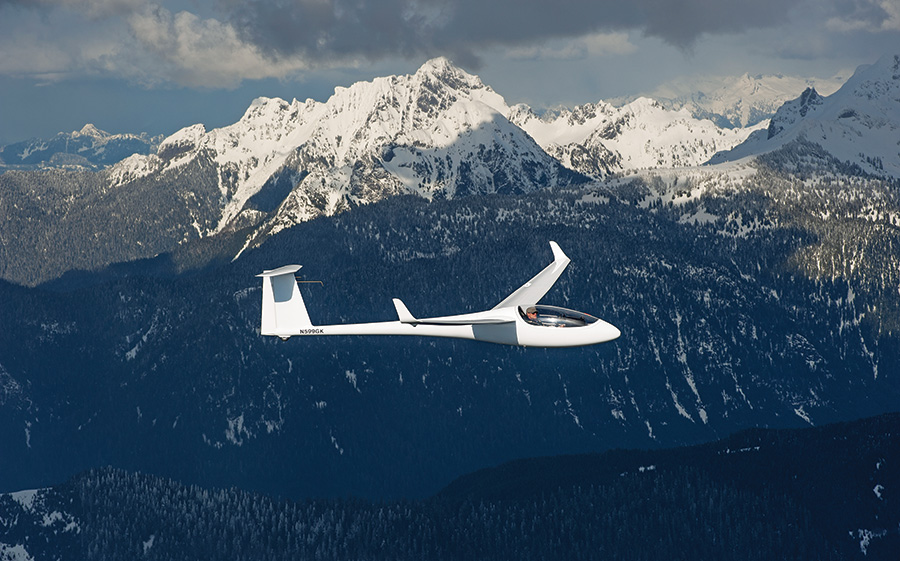
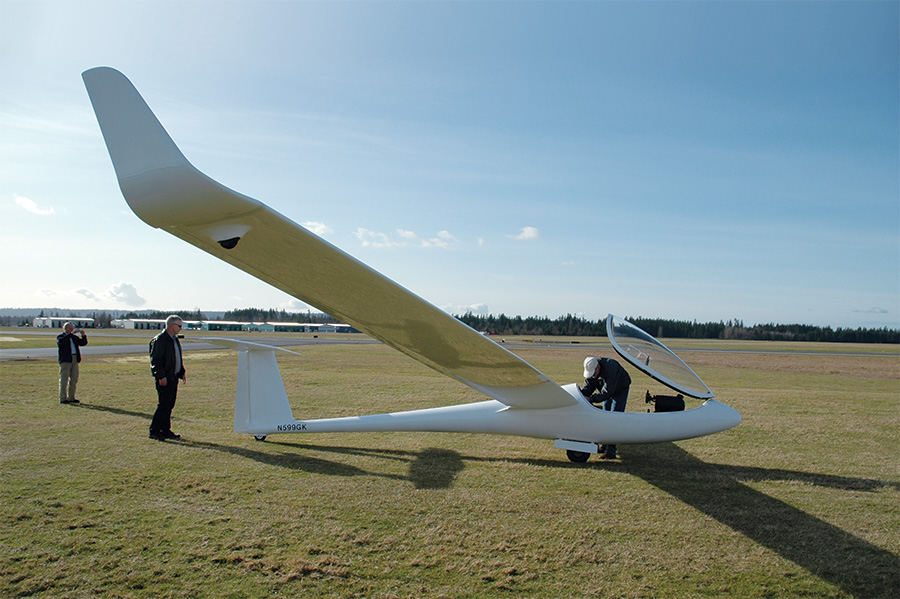

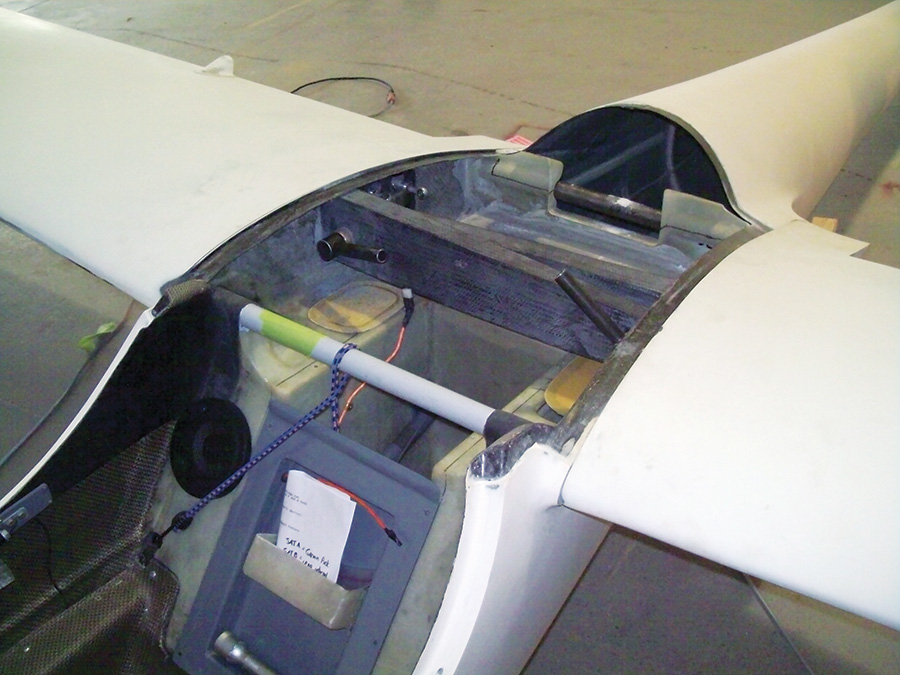
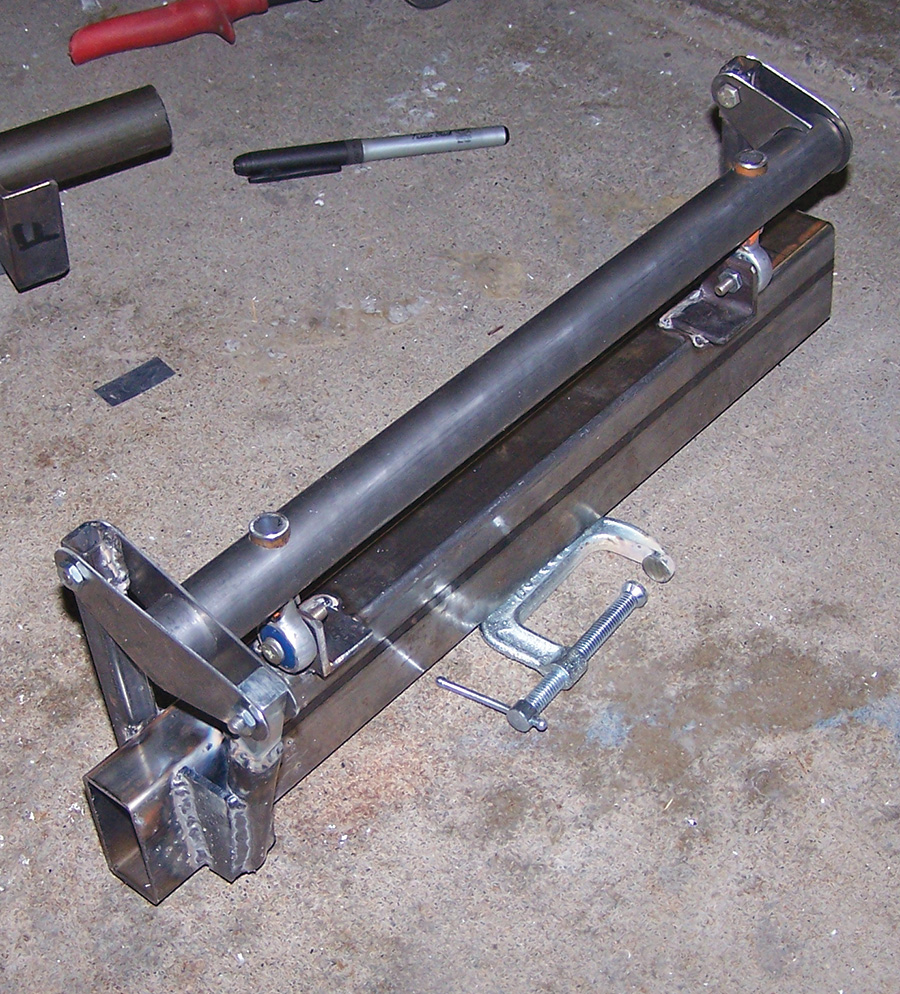
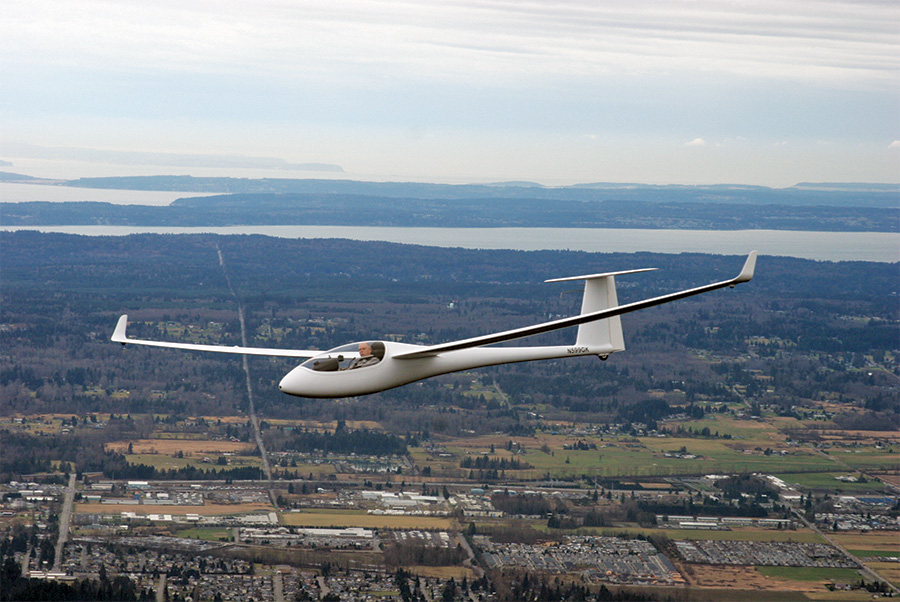
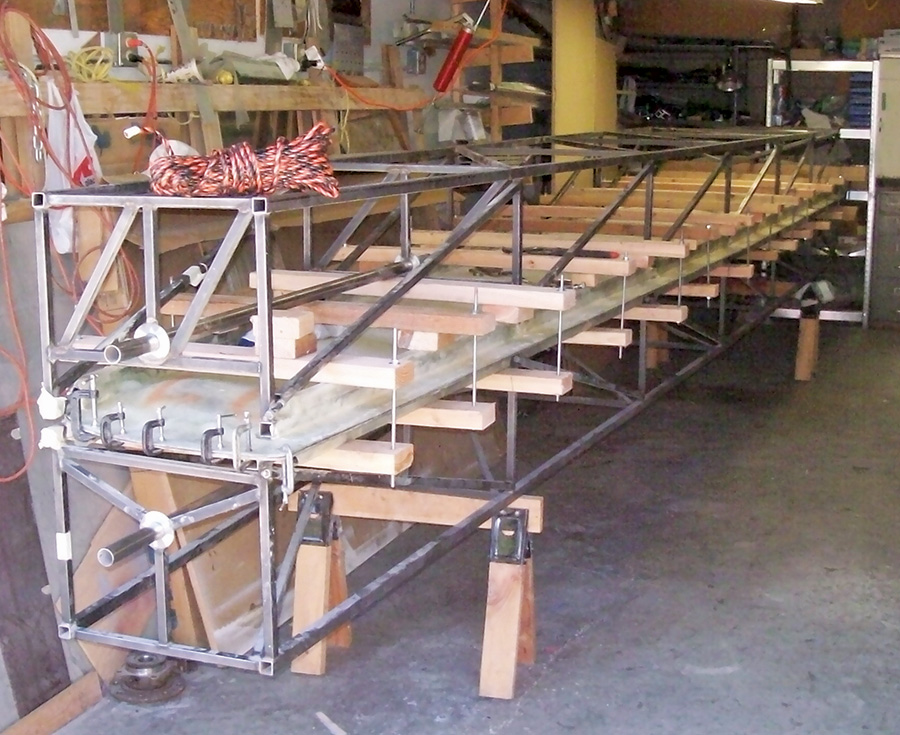

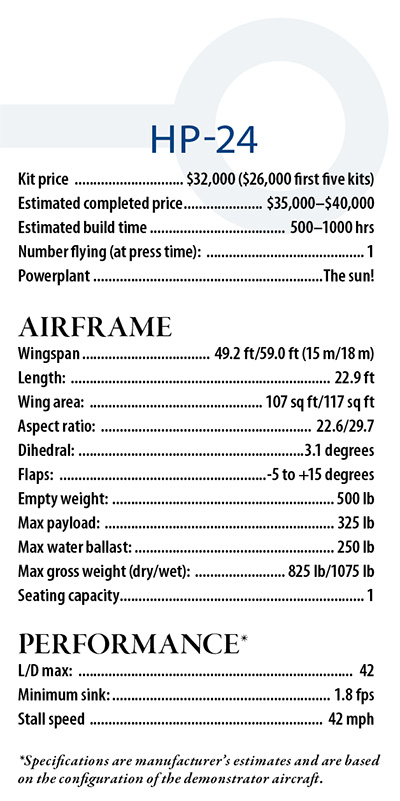
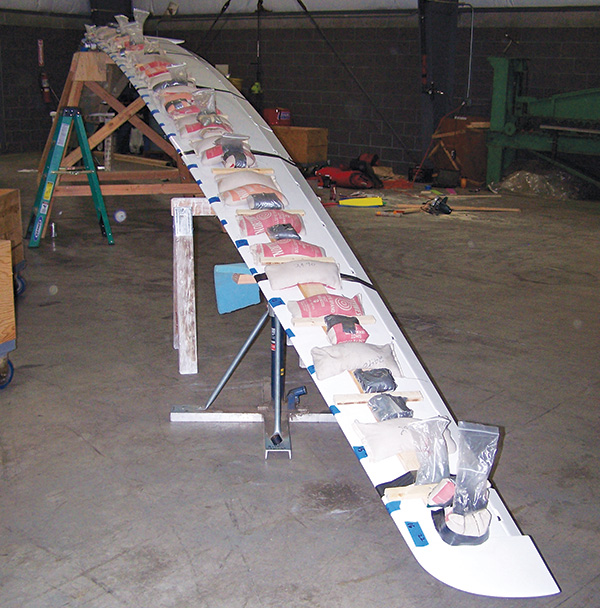
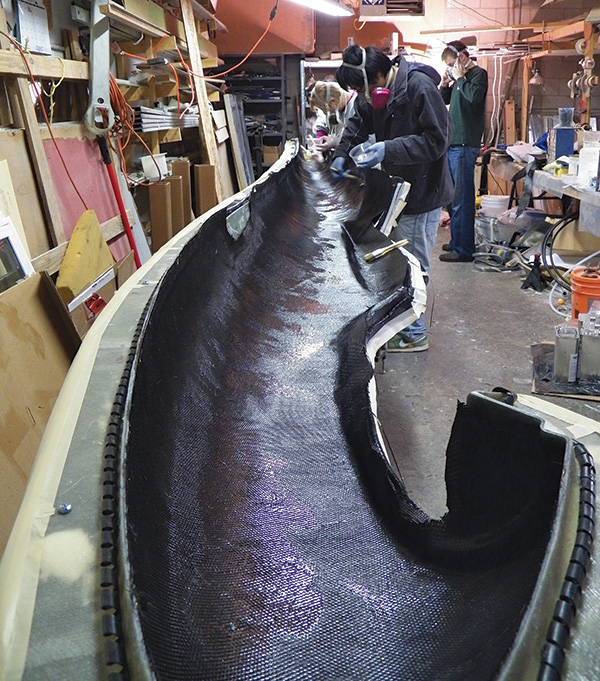
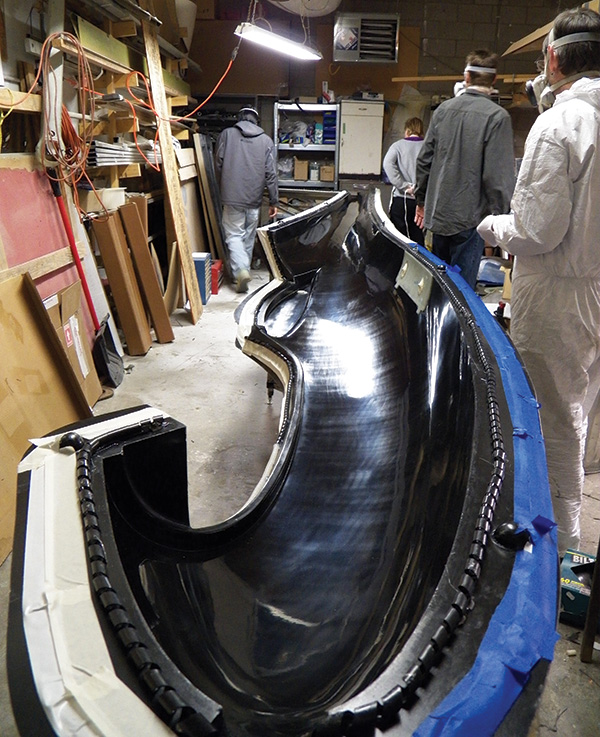
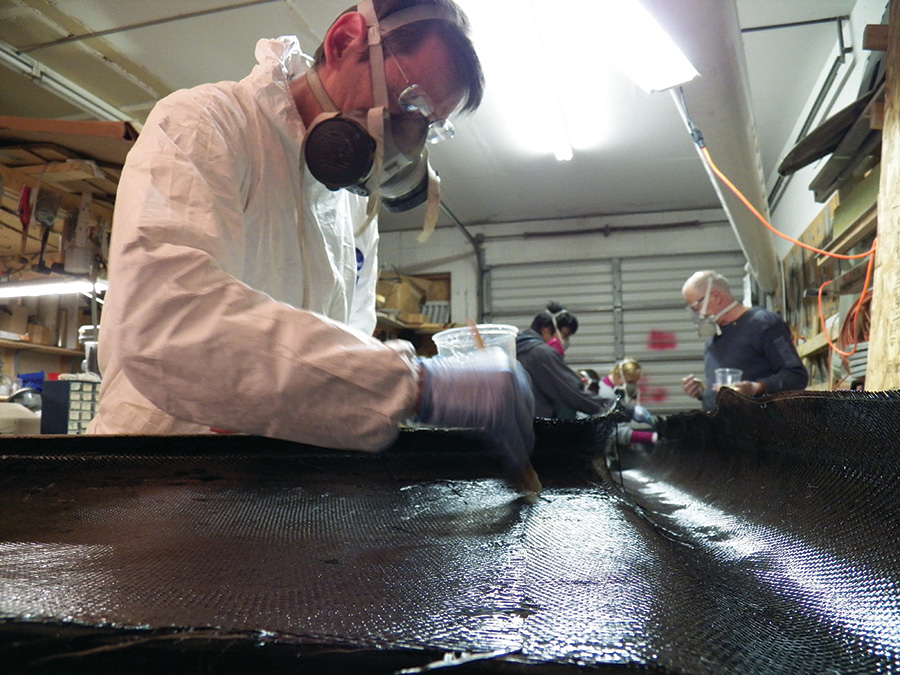
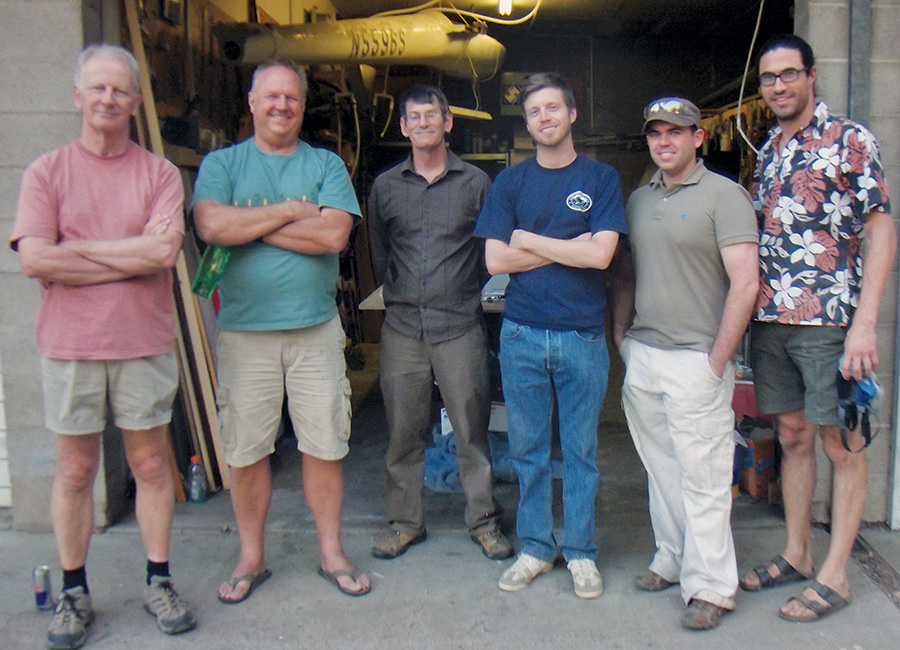
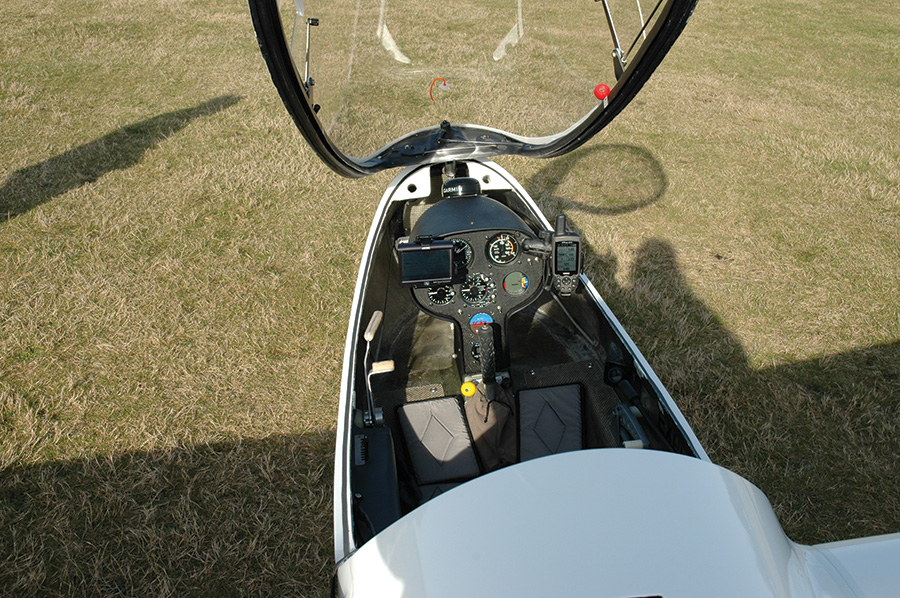
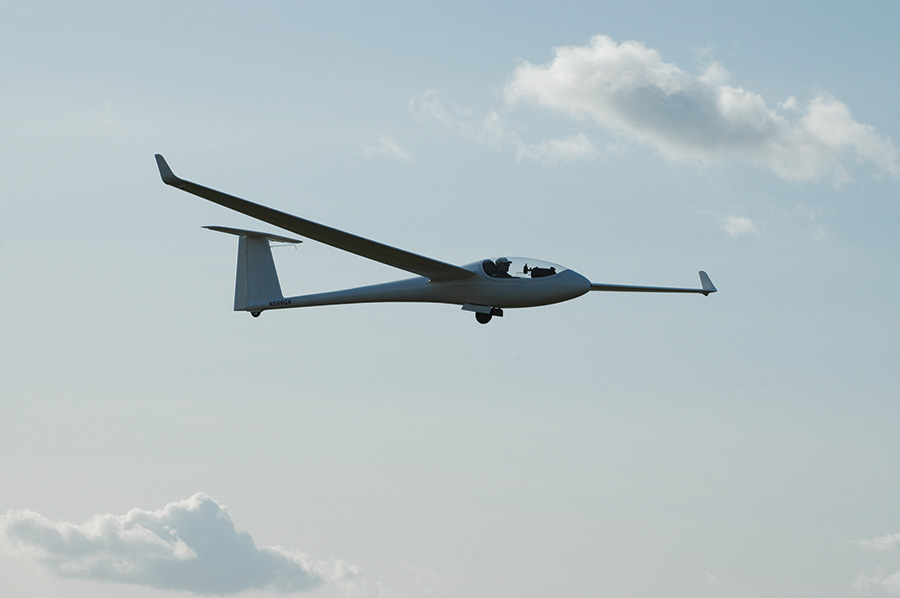
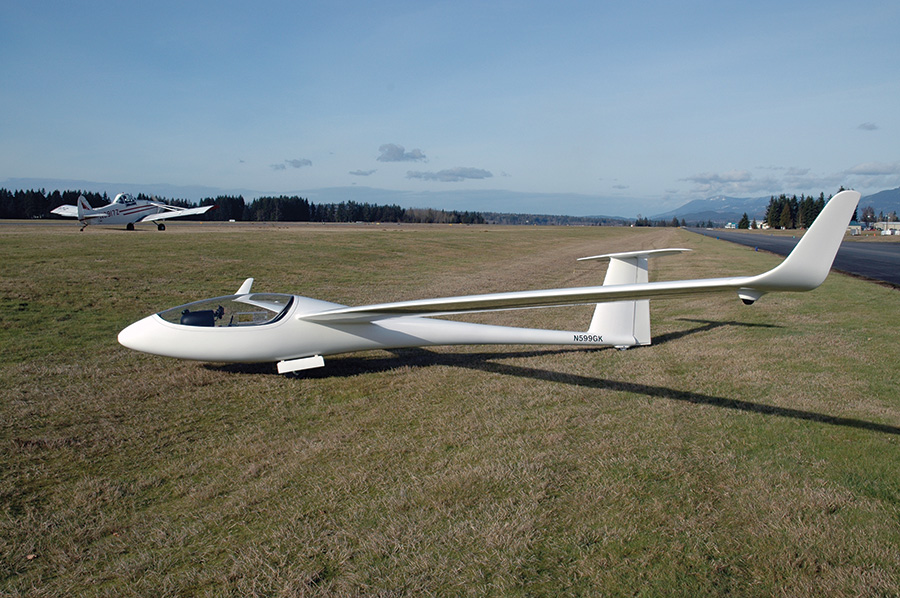

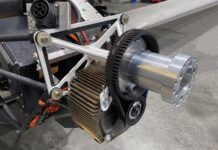
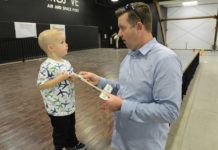
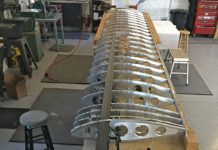
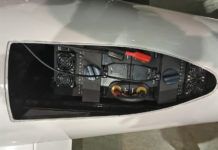
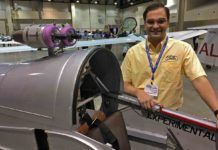
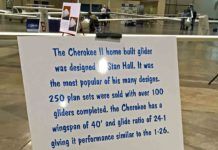
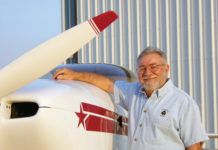
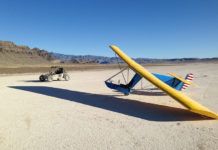
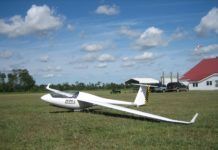
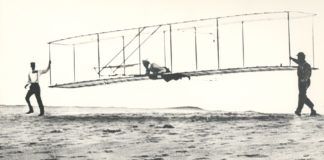
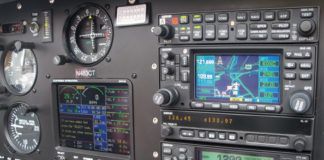
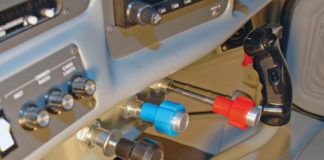
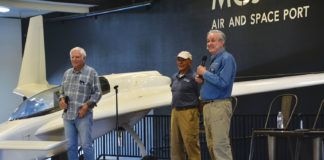
How can I get in Involved
I see that HP has given up the LLC status. Are they still operating?